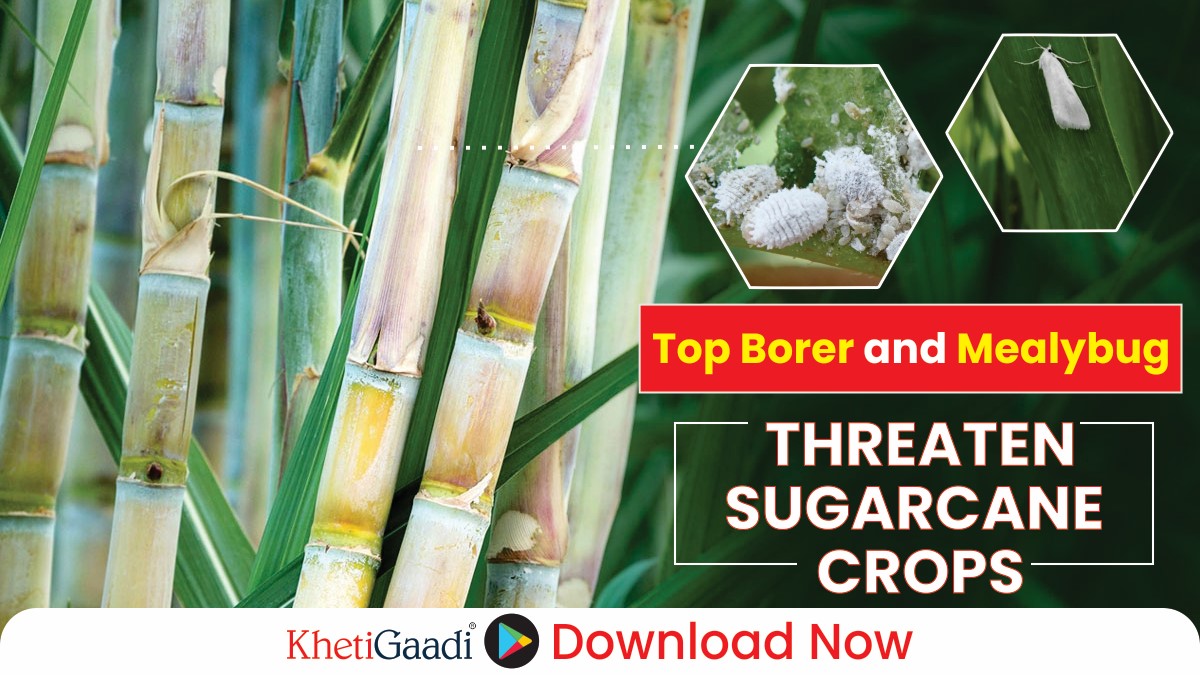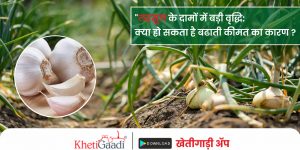Impact of Climate Change on Sugarcane Production
The increasing pest infestations in sugarcane crops due to climate change have posed a significant challenge for farmers, leading to reduced yields and financial losses. Pests like top borer and mealybug have become more aggressive, disrupting sugarcane growth and affecting the sugar production targets of mills across India.
KhetiGaadi always provides right tractor information
Decline in Sugarcane Yields
According to Rahul Tyagi, General Manager of Modi Sugar Mill in Ghaziabad, pest attacks have caused a 15–20% decline in sugarcane yields. Farmers who typically harvested 80 tonnes per hectare now report only 60–65 tonnes per hectare. The prolonged activity of these pests, especially due to fluctuating temperatures, has further worsened the situation.
For personalized advice on improving your cultivation yield through organic methods, reach out to a KhetiGaadi counsellor at 07875114466 or email us at connect@khetigaadi.com.
Pests Affecting Sugarcane Crops
- Top Borer (Kansuwa/Kanfraha)
- Damage Mechanism: This insect bores into the upper part of the sugarcane plant, creating tunnels that weaken the stem and limit plant growth.
- Impact: Shoots become stunted and fragile, reducing yield significantly. If left uncontrolled, the infestation can destroy entire fields.
- Life Cycle: Active from February to October, completing up to five life cycles in a year.
- Mealybug
- Damage Mechanism: A juice-sucking insect that weakens sugarcane plants by feeding on their stems and leaves.
- Impact: Leads to yellowing of leaves, stunted growth, and the development of sooty mold fungus, which affects the quality and quantity of the crop.
- Affected States: The infestation has been particularly severe in Maharashtra, Karnataka, and Uttar Pradesh.
Increased Production Costs and Challenges
Farmers are resorting to intensive pesticide use to combat these pests, leading to increased production costs. However, the results have been inconsistent, causing:
- A decline in sugarcane quality.
- Rising expenses for pest management.
- Reduced farmer income, as yields and marketable quality of crops fall.
Implications for Sugar Production Targets
The reduced availability of quality sugarcane may hinder sugar mills from meeting production targets, creating a ripple effect on the sugar industry.
Measures to Combat Pest Infestation
- Integrated Pest Management (IPM): Promoting eco-friendly methods like biological pest control to minimize chemical use.
- Climate-Resilient Varieties: Developing pest-resistant and climate-adaptable sugarcane varieties.
- Education and Awareness: Training farmers on proper pesticide use and early pest detection methods.
- Research and Innovation: Increased focus on scientific studies to develop effective pest control solutions tailored to India’s climatic conditions.
- Government Support: Subsidies for pest control measures and policies to safeguard farmers’ incomes.
The rise in pest infestations highlights the vulnerabilities of sugarcane farming to climate change. Immediate measures, including better pest management practices, farmer support, and research investments, are necessary to ensure sustainable sugarcane production and protect the livelihoods of farmers.
Stay updated with real-time information on agricultural schemes and innovative practices by following us on WhatsApp or visiting KhetiGaadi’s website regularly.
To know more about tractor price contact to our executive






